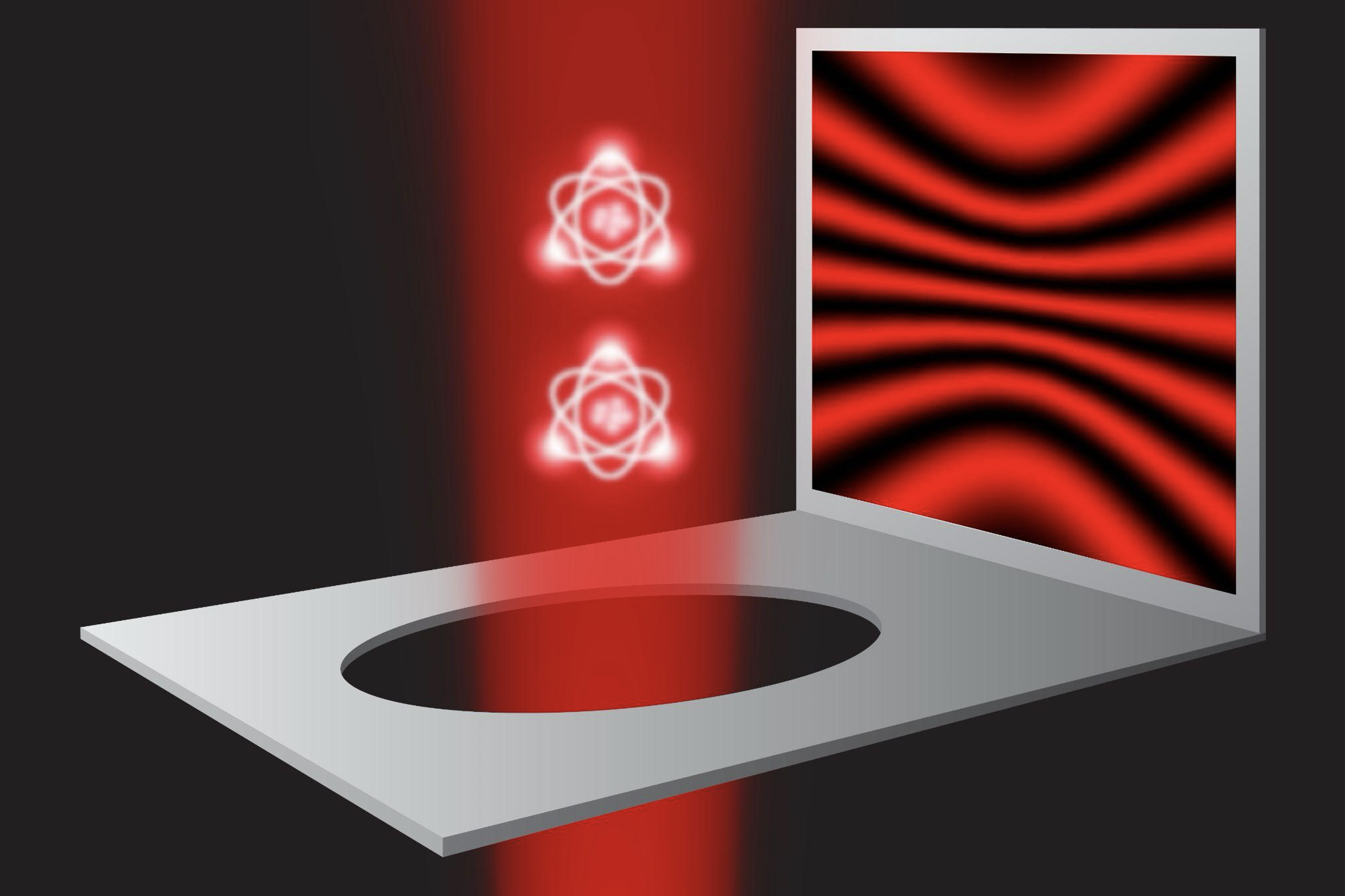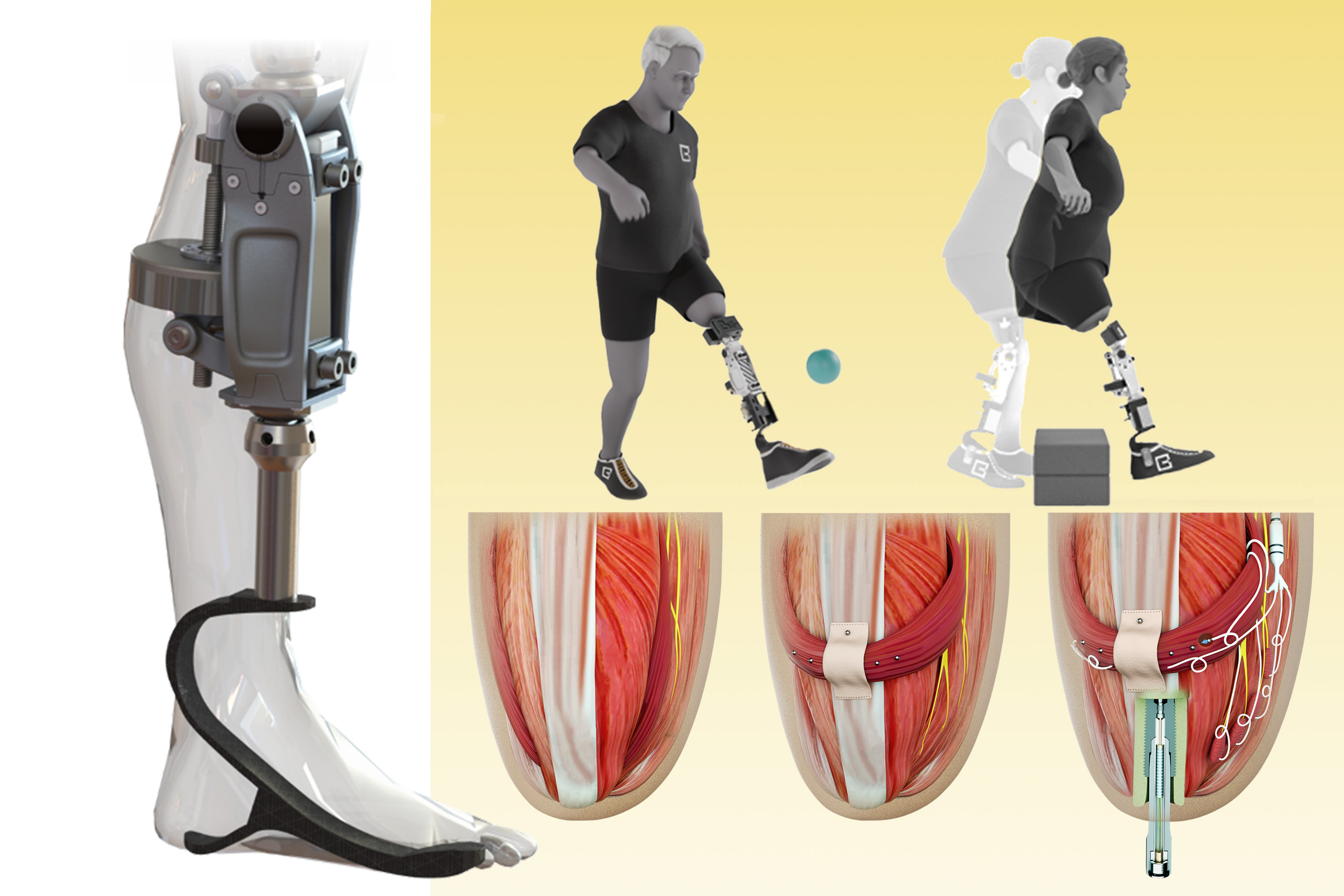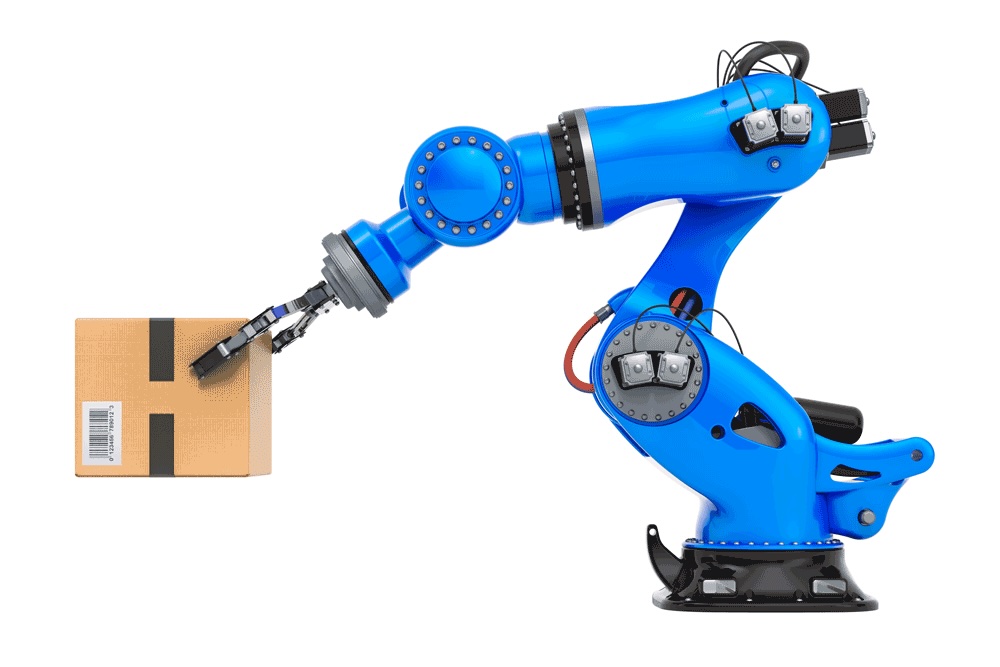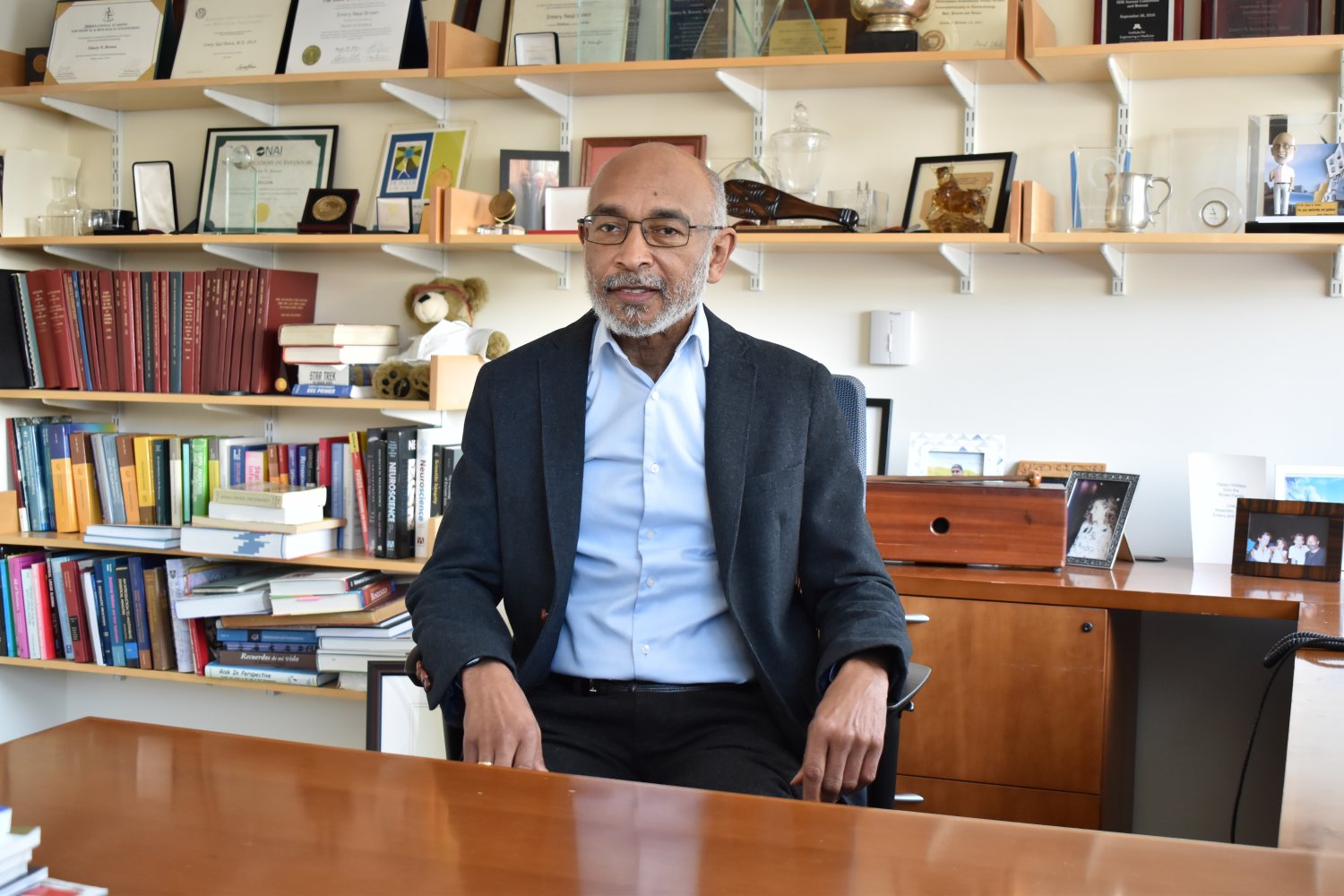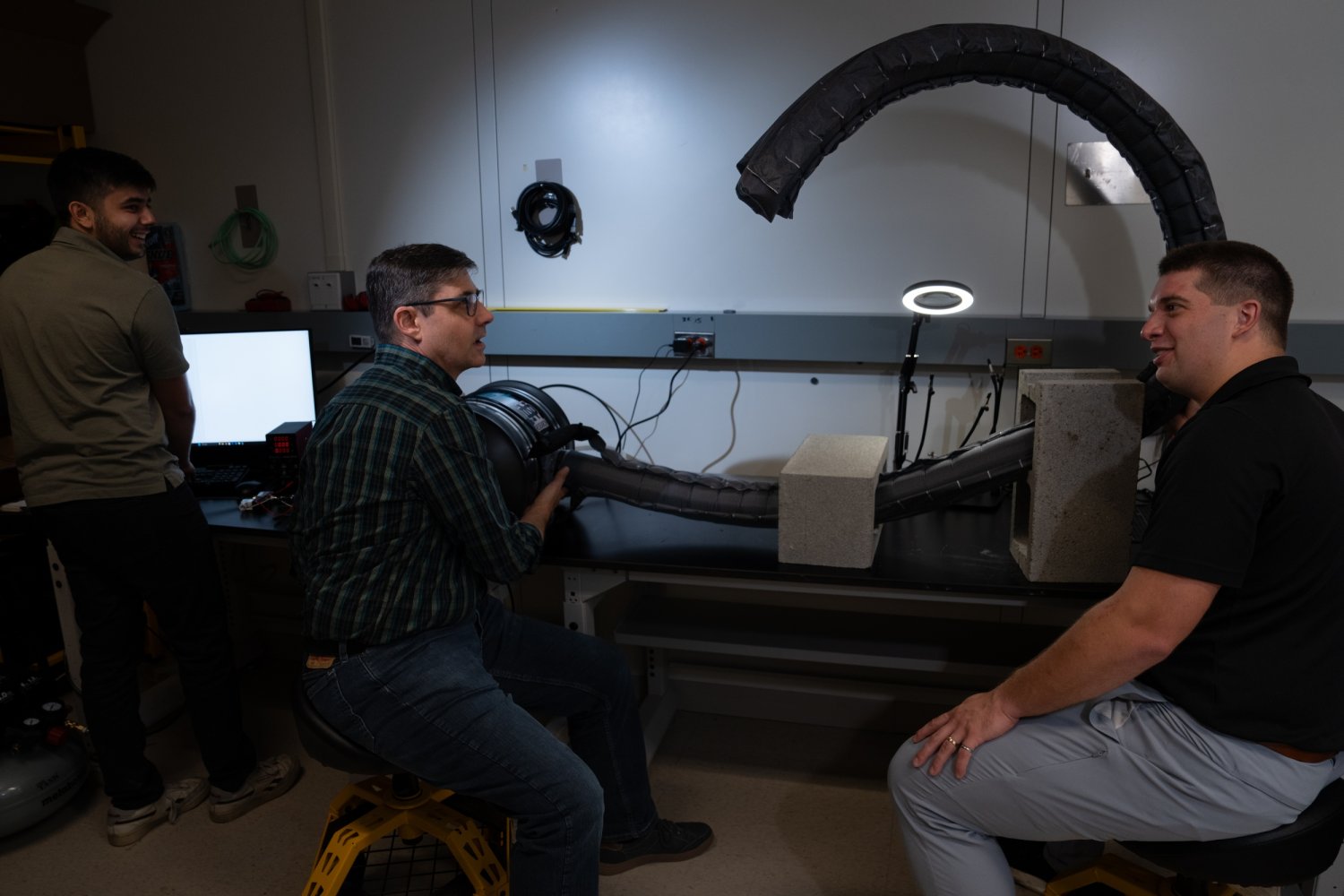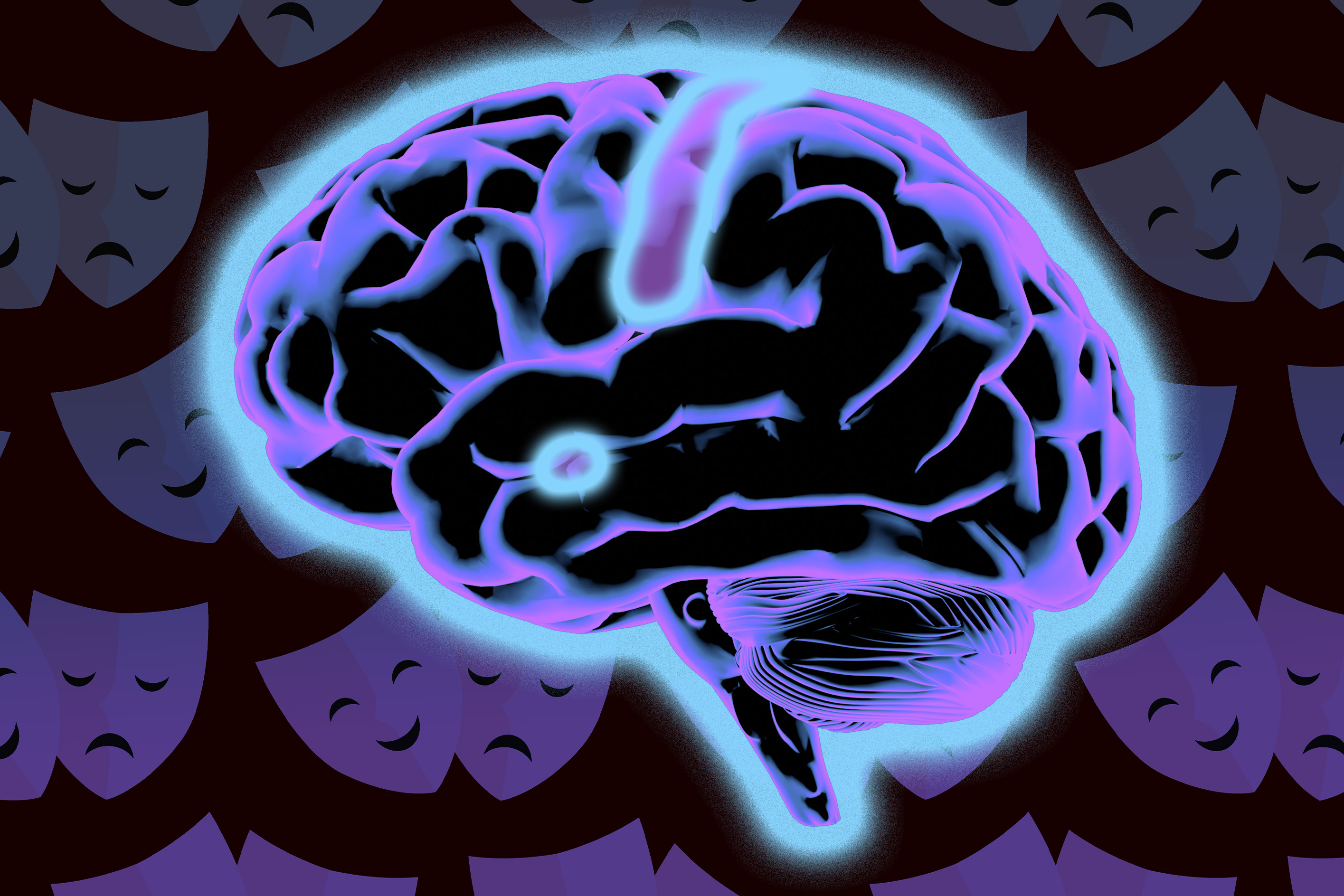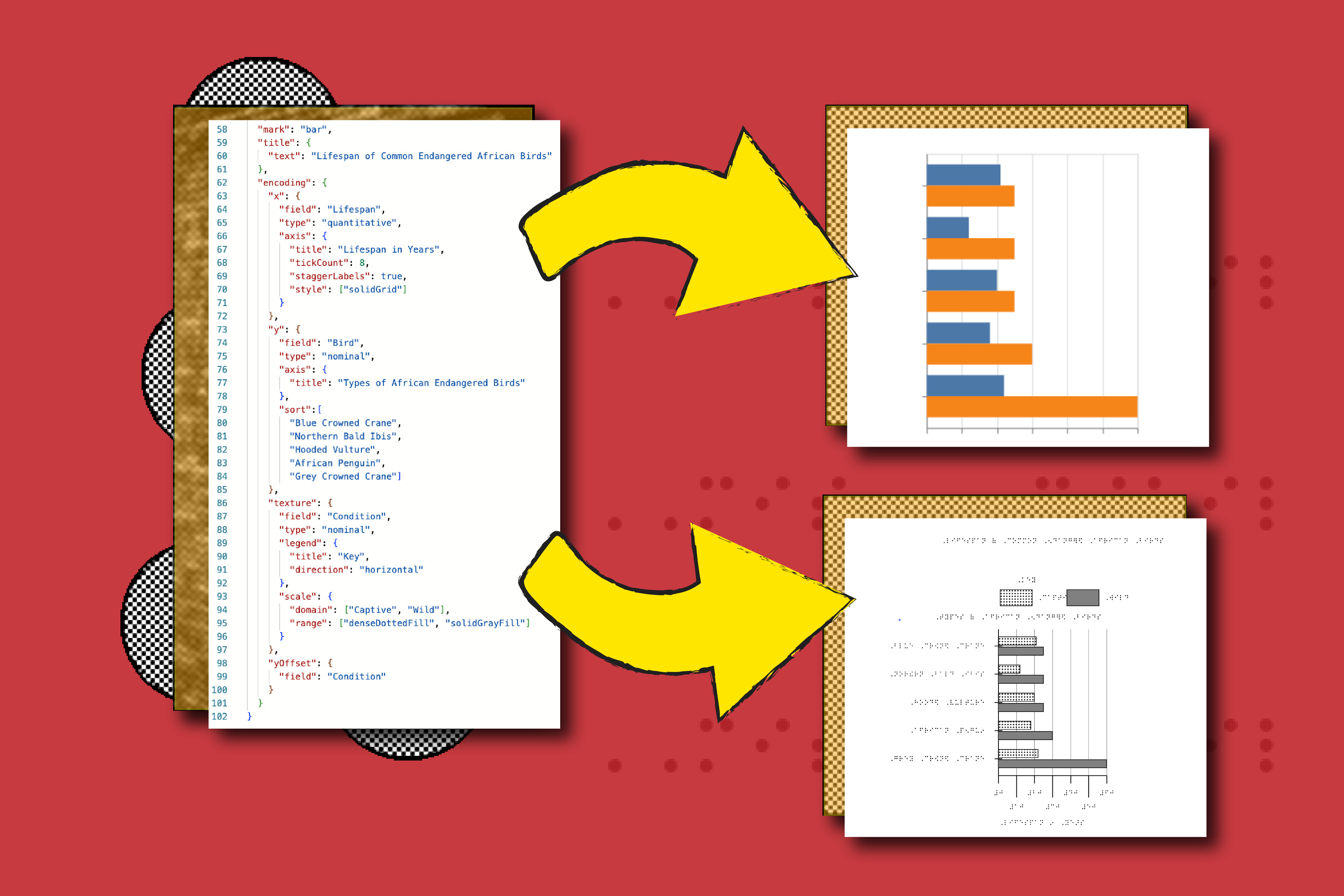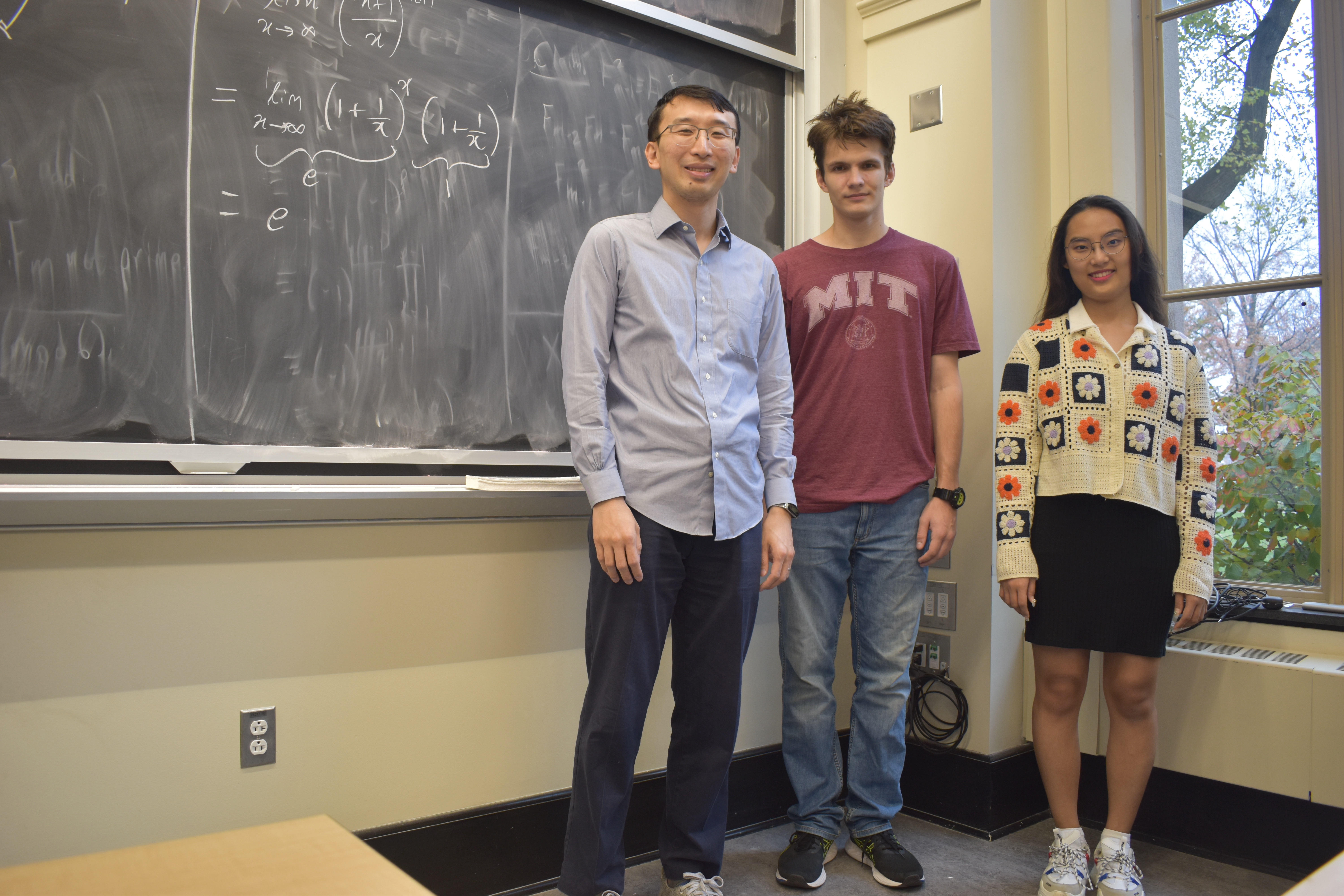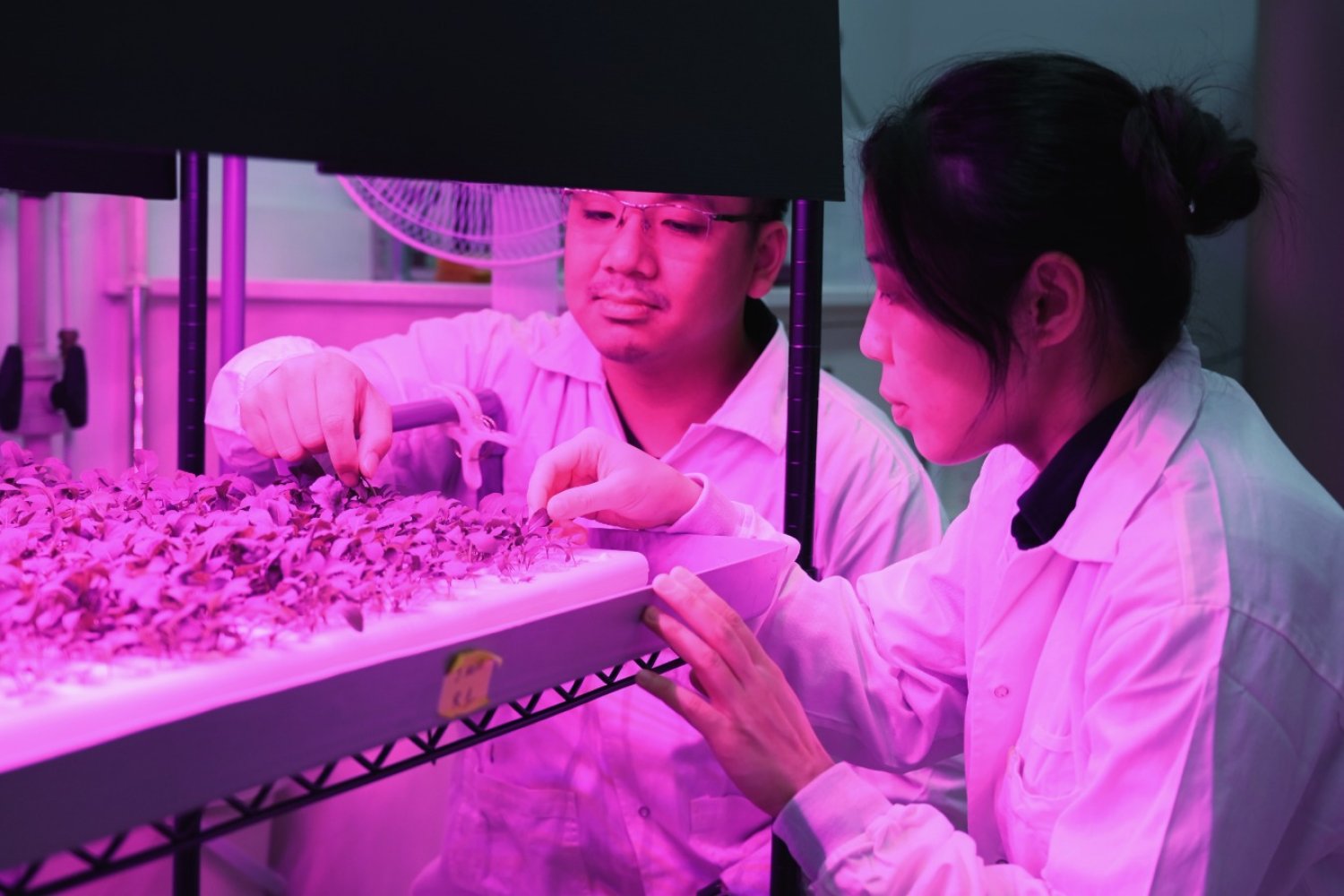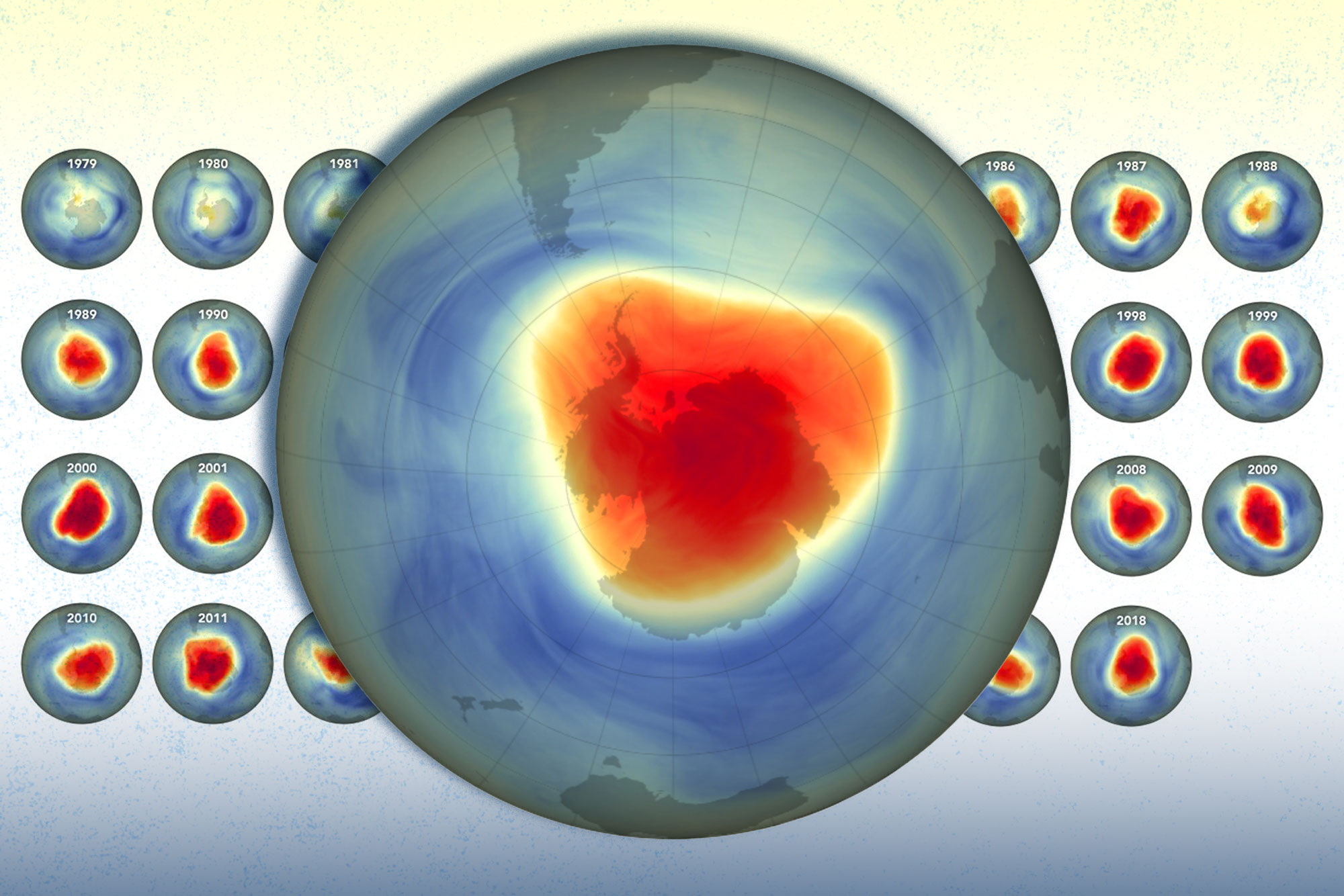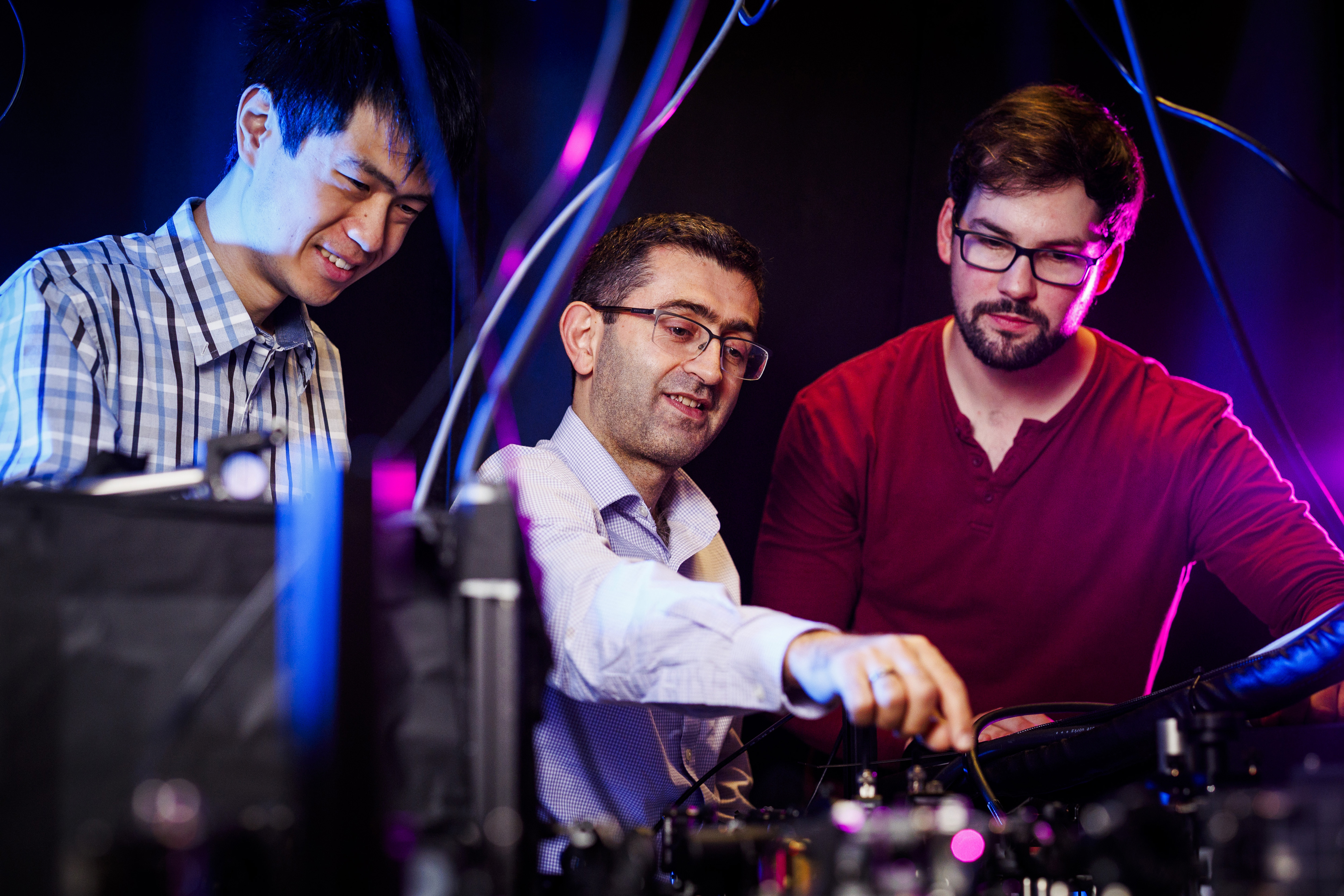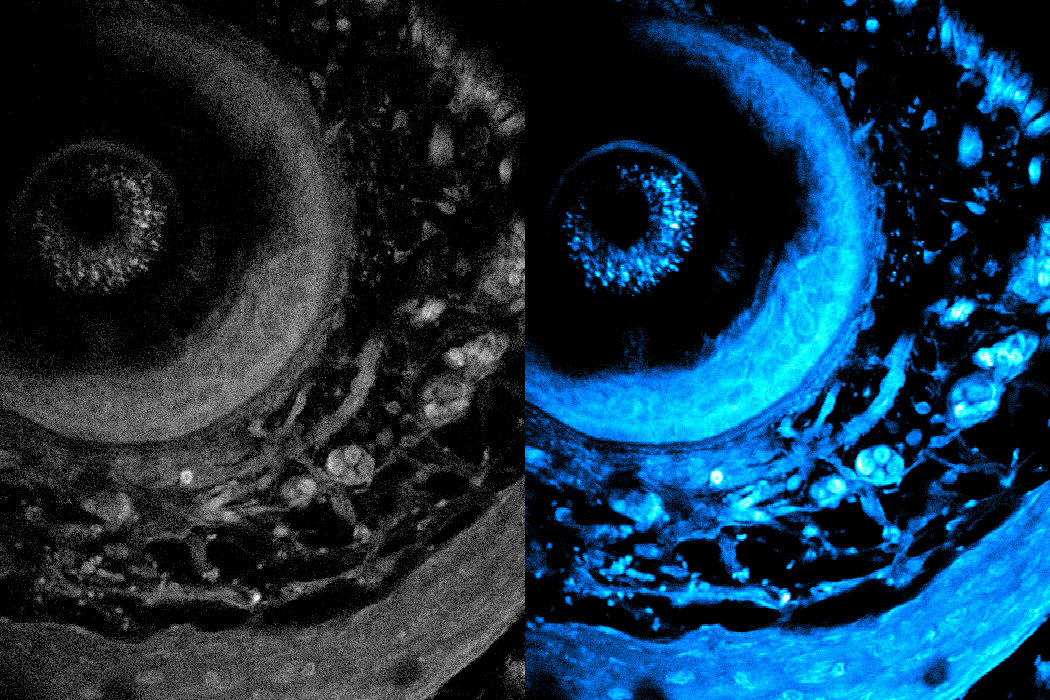Wartime Trade: A Surprising Economic Reality
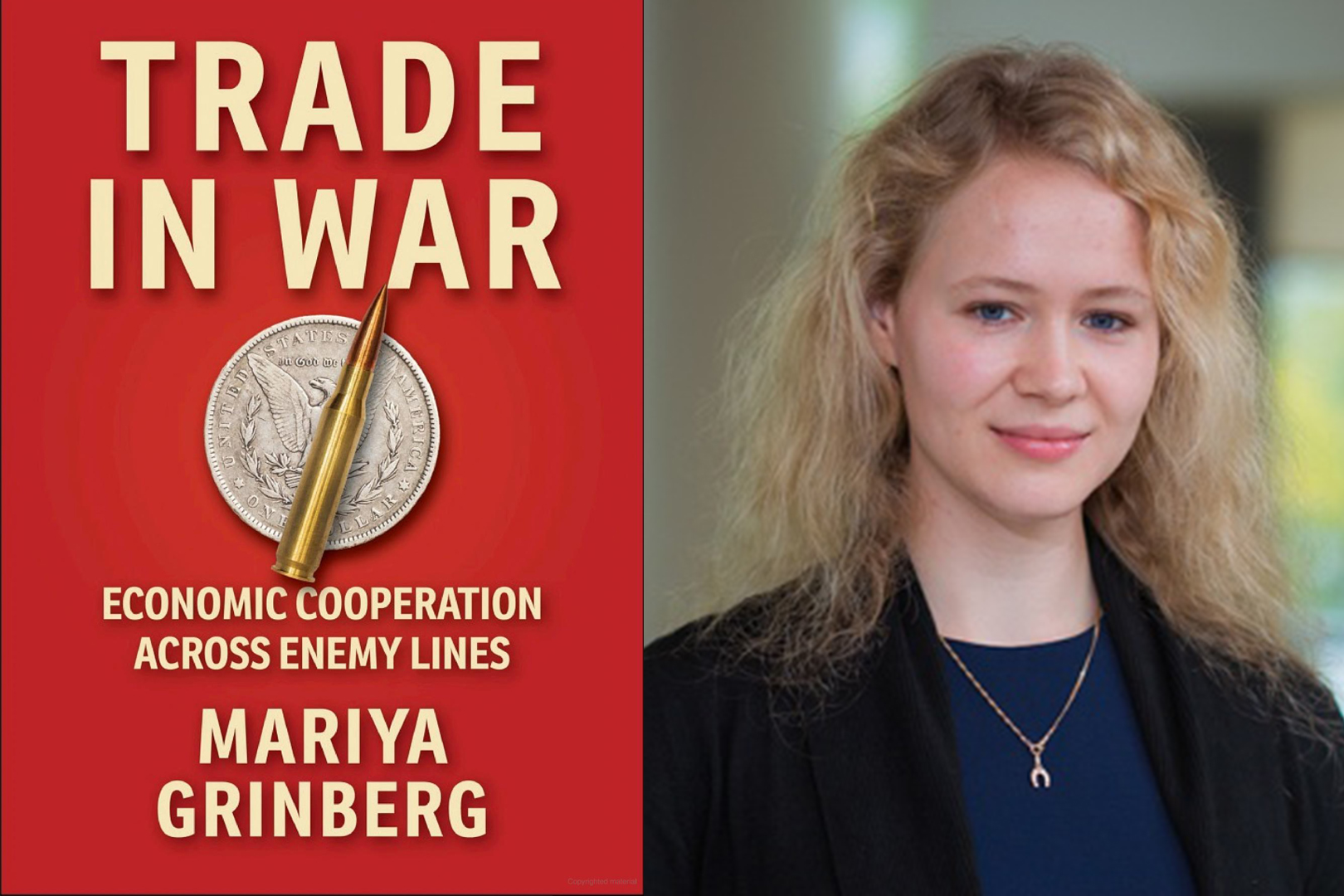
MIT political scientist Mariya Grinberg's groundbreaking new book, "Trade in War," challenges conventional wisdom about wartime trade. Contrary to popular belief, nations frequently trade with their enemies during conflicts. Grinberg's research reveals that state leaders carefully calculate the economic benefits and military risks of trade, selectively engaging in it based on the potential utility of goods to the enemy, the impact on their own economy, and their estimations of war duration. For example, Germany's WWI dye exports to Britain are analyzed through this lens. The book offers a fresh perspective on international relations, highlighting the complex economic strategies states employ during war and their remarkably poor predictions of conflict length.
Read more